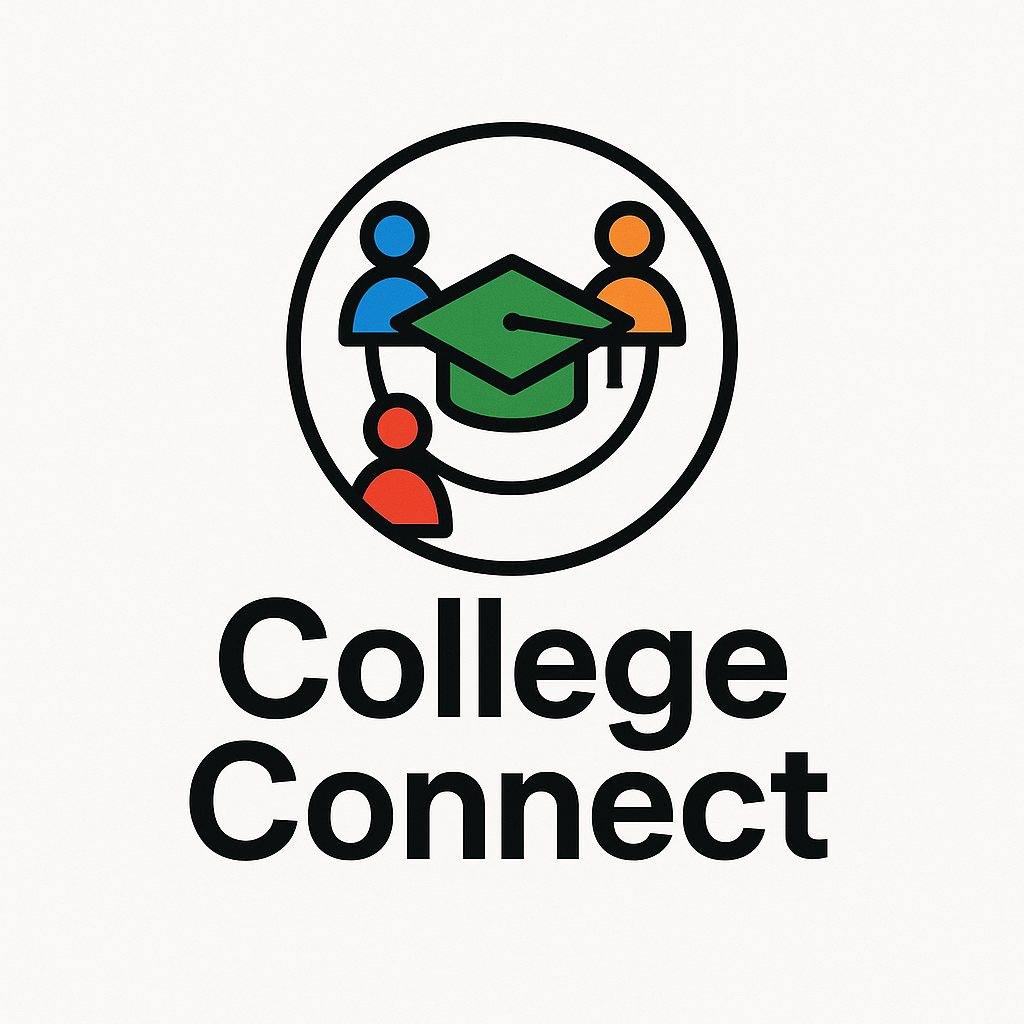Back
Saiteja Kacham
Building Wealth, Dri... • 4m
[This post has been deleted by the creator]
Replies (16)
More like this
Recommendations from Medial
Aadesh Panwar
Co-Founder & CEO at ... • 3m
How to make Startup India Investors invest in my Idea? (Ideation phase, Have 3 Tech co-founder) Do you have any suggestions? plz drop down in 📝📥 Features✨ : 1)Developing a Software where Tier 2 and 3 City Colleges can Update the Info. (fee structu
See MoreMohit Kumar
Building ElevateRes.... • 1y
At IIT Hyderabad, still 46% students yet to be placed. Then imagine what is the situation in tier 2 and tier 3 college. One more question, if you are building your startup, how many chances are there that you will hire your team from your college?
Aadesh Panwar
Co-Founder & CEO at ... • 4m
In my App, I'll market and promote top 50-60 colleges of a district with video reviews and reliable Degree/Batch Info. for more Admissions. What could be the Best Stretegy? 1 : 1st Service Free then Paid Service 2 : Conduct seminars in colleges & enc
See MorePrazwol Gupta
Building something • 2m
Goal: Create a trusted platform where: Students connect with peers & get insights before joining a college. Brokers find and guide potential students. Colleges can promote themselves and interact with prospects. The Problem – "Feeling Lost Before
See More
Prazwol Gupta
Building something • 2m
Where students can connect before joining college. Goal: Create a trusted platform where: Students connect with peers & get insights before joining a college. Brokers find and guide potential students. Colleges can promote themselves and interact
See MoreAadesh Panwar
Co-Founder & CEO at ... • 4m
How many Students should I survey before making MVP (APP)? Problem : Misleading Admissions in College due to Incomplete info.(Internship, scholarship, placement, faculty) and Biased Listings on College admission Websites. Solution: An App that pro
See MoreAshish Ahirwar
Aspiring entrepreneu... • 9m
today I completed 1 month of regular classes and i got to know some differences between tier3 and tier 1 colleges. it's all about the people not the college, in my tier 3 college a final year student doesn't know how to code or how to communicate eff
See MoreDEEPTANSH NAGRALE
Just a bit cooler th... • 1y
So here's the idea: We make a website which lists all the interested students who want to be listed, list themselves and get paid to give fundaes about their college to the newcomers (freshers) before selecting the college. Also this would give the
See MoreDownload the medial app to read full posts, comements and news.





































